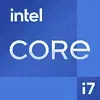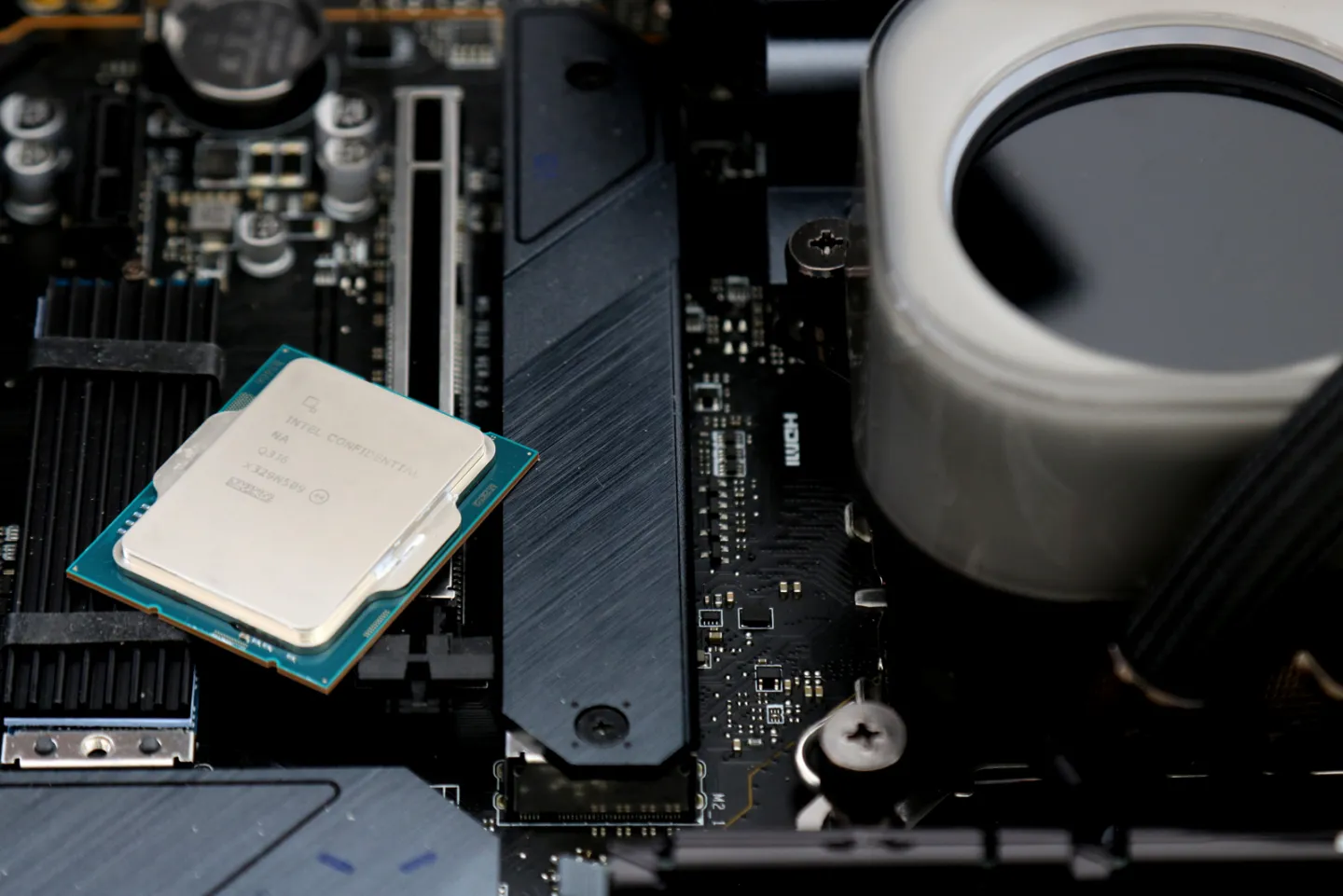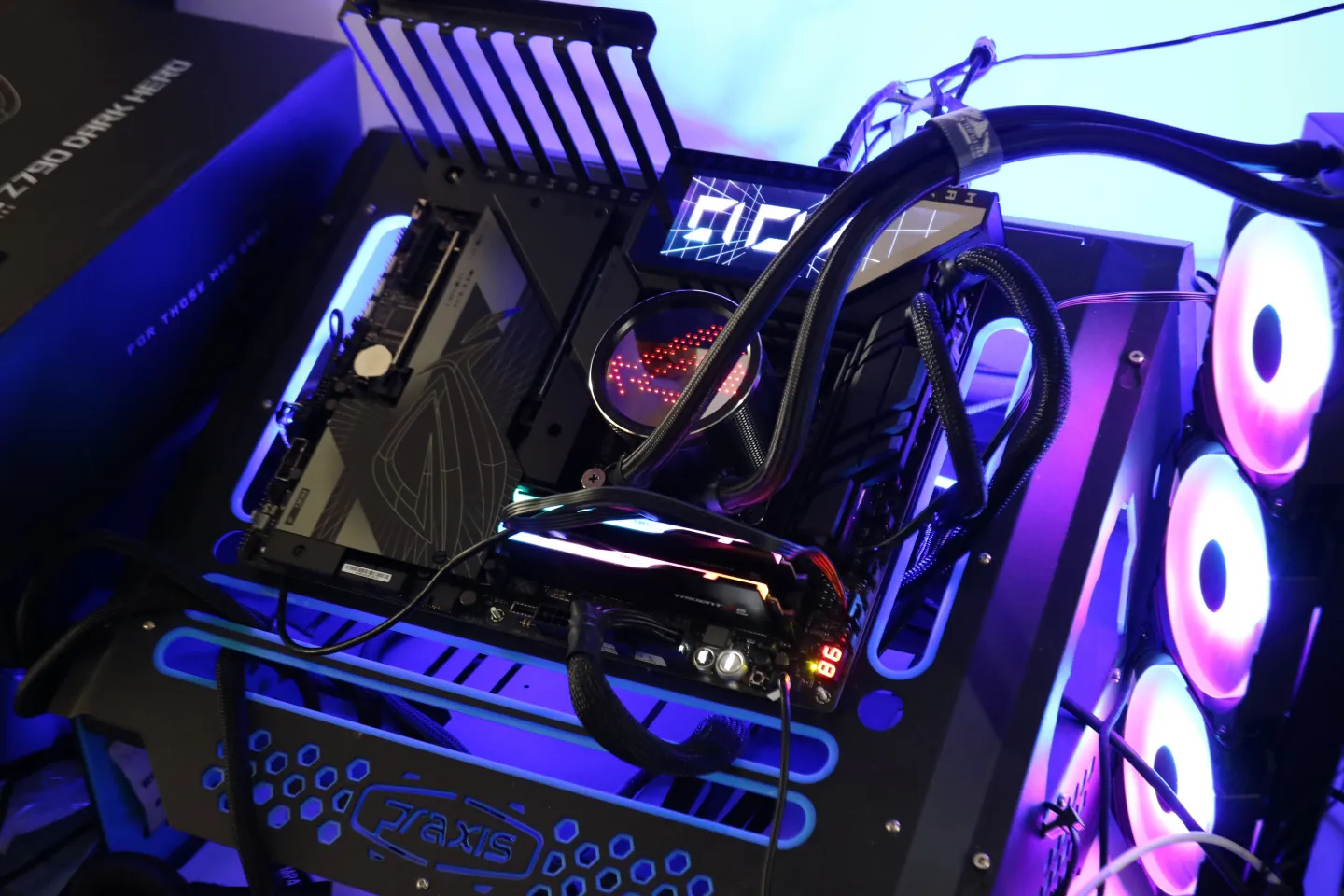Introduction - Intel Core i7 14700K review
We review the Intel 14th Gen core processor, specifically the Raptor Lake-based Core i7 14700K, which has been officially released. Perhaps this is one of the more interesting processors to purchase in the new Raptor Lake refresh series, as aside from clock frequency tweaks, this CPU also receives four extra energy cores, and that'll matter in multi-threaded performance.
The processor is a refresh based on the 13700K(S) and boasts a speed of up to 5.6 GHz and a configuration of 20 processor cores. These are arranged based on 8 performance cores (P-cores) and 12 efficiency cores (E-cores), supporting up to 28 threads. For optimal functionality, the Intel Core i7-14700K necessitates an Intel Z790 or Intel Z690 chipset-based motherboard. The Core i9-14900K is considered Intel's flagship processor in this series, second best is the Core i7 14700K. Additionally, anticipated are KF variations of these processors, mirroring their K series but excluding an (active) integrated GPU.
Historically, Intel mentioned the Tau parameter in relation to PL1/PL2. However, with the debut of the 12th Gen Processors, PL1 and PL2 have identical values. Consequently, it's redundant to define the duration the CPU will sustain at PL2 before transitioning to PL1 since both the long and short-duration power values are now the same. This processor's base power draw is 253W if your motherboard manufacturers configures it at default. Yes the TDP for the top-end products has been increased to 253W for both PL1 and PL2 states. There are 28 cores (8P+12E) and a bunch of MB of combined L2 and L3 caches. This SKU's highest boost frequency is 5.6 GHz, and it will be available with integrated UHD Graphics 770. Carrying an MSRP of $409 this can be a very interesting SKU to purchase.
| Intel 14th Gen Core Raptor Lake Refresh | |||||
|---|---|---|---|---|---|
| Configuration | Base ClockP-Core | Max ClockP-Core | PBP/MTP | MSRP | |
| Core i9-14900K(F) | 24/32T (8P+16E) | 3.2 GHz | 6.0 GHz | 125W/253W | $589 |
| Core i9-14900(F) | 24/32T (8P+16E) | 2.0 GHz | 5.8 GHz | 125W/253W | $564 |
| Core i7-14700K(F) | 20/28T (8P+12E) | 3.4 GHz | 5.6 GHz | 125W/253W | $409 |
| Core i7-14700(F) | 20/28T (8P+12E) | 2.1 GHz | 5.4 GHz | 125W/253W | $384 |
| Core i5-14600K(F) | 14/20T (6P+8E) | 3.5 GHz | 5.3 GHz | 125W/181W | $319 |
| Core i5-14600 | 14/20T (6P+8E) | 2.7 GHz | 5.2 GHz | 125W/181W | $294 |
| Core i5-14500 | 14/20T (6P+8E) | 2.6 GHz | 5.0 GHz | ||
| Core i5-14400(F) | 10/16T (6P+4E) | 2.5 GHz | 4.7 GHz | ||
| Core i3-14100(F) | 4/8T (4P+0E) | 3.5 GHz | 4.7 GHz | ||
Raptor Lake processors feature 2MB L2 cache per P-core, while Alder Lake processors have 1.25MB per P-core. The CPUs have 4MB of L2 cache per E-core cluster, up from 2MB previously. Additionally, the total amount of L3 cache is 36MB. Intel claims a 15% improvement in single-threaded performance and a 41% improvement in multi-threaded performance. These enhancements are primarily the result of higher frequency and thread count. The Z790 high-end platform from Intel features many PCIe Gen4 lanes and USB 3.0 Gen 2x2 20 Gbps ports. In this review we'll address the flagship Core i7 14700K; it has eight performance cores (16 threads) and 12 Energy friendly cores (no hyperthreaded) offering you a nice 28 threads.



